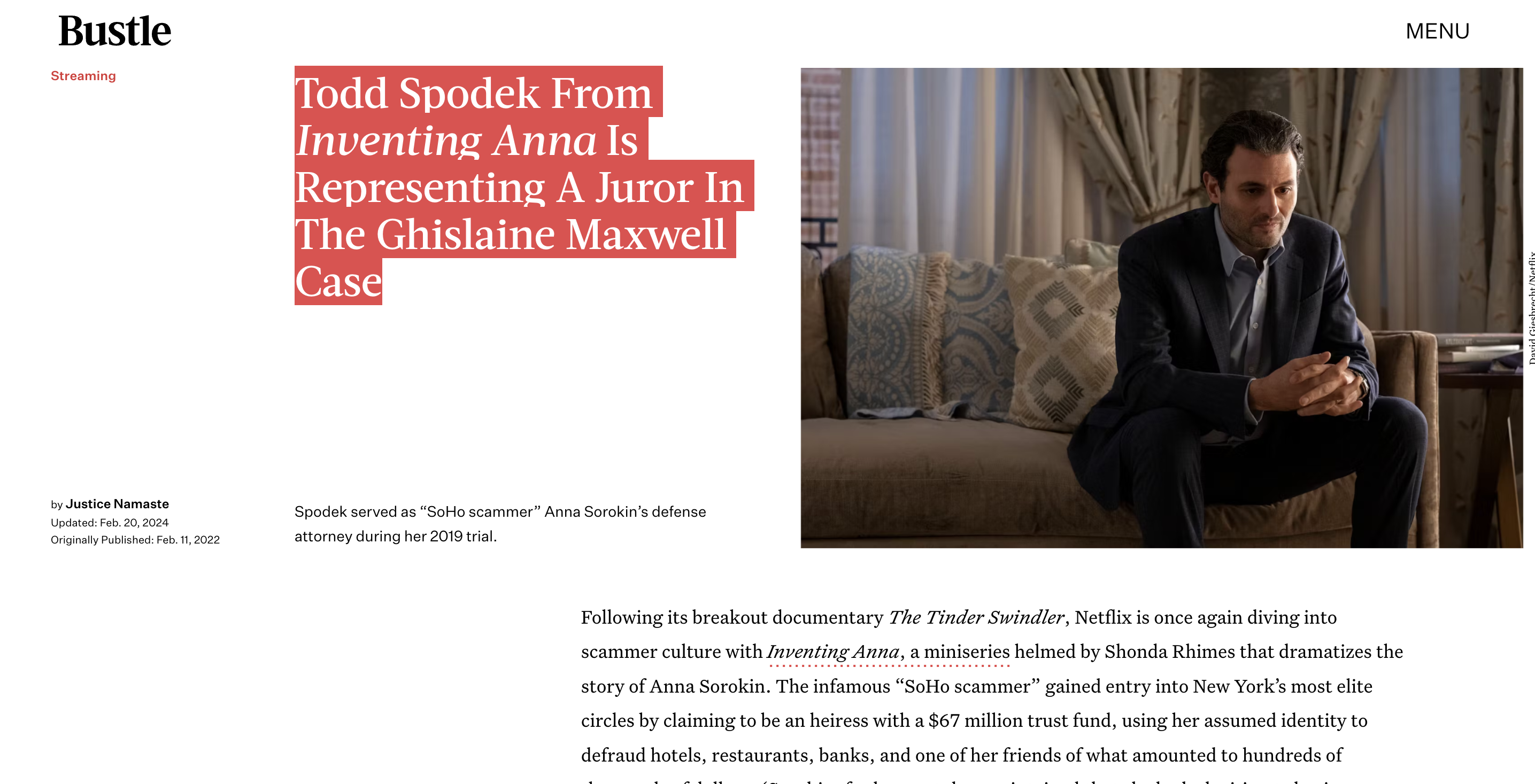Blog
Ohio Federal Sentencing Guidelines
Contents
- 1 Ohio Federal Sentencing Guidelines: A Comprehensive Overview
- 2 What are the Federal Sentencing Guidelines?
- 3 How Do the Guidelines Work in Ohio?
- 4 Factors That Influence Federal Sentencing in Ohio
- 5 Pros and Cons of the Federal Sentencing Guidelines
- 6 Pros:
- 7 Cons:
- 8 Recent Developments & The Future of Federal Sentencing
- 9 The First Step Act
- 10 The COVID-19 Pandemic
- 11 Booker & The Guidelines’ Advisory Nature
- 12 The Continued Push for Reform
Ohio Federal Sentencing Guidelines: A Comprehensive Overview
What are the Federal Sentencing Guidelines?
The Federal Sentencing Guidelines are a set of rules; that federal judges use to determine the appropriate sentence for someone convicted of a federal crime. These guidelines were created by the United States Sentencing Commission in 1987 – in an effort to bring more consistency and fairness to federal sentencing practices.Before the guidelines were implemented, federal judges had a lot of discretion when it came to sentencing – which often led to significant disparities. Two people convicted of the same crime could receive vastly different sentences, depending on factors like the judge’s personal views or the location of the court.The guidelines aim to eliminate these kinds of unwarranted disparities by providing a uniform framework for sentencing based on two main factors:
- The severity of the crime
- The defendant’s criminal history
By considering these factors, the guidelines calculate a “sentencing range” – which is essentially a recommended prison term for the judge to follow. Of course, judges aren’t bound by the guidelines and can depart from them in certain circumstances – but in general, they’re expected to sentence within the calculated range.So in a nutshell, the guidelines try to make federal sentencing more consistent and proportional – while still allowing judges some discretion to account for unique case factors.
How Do the Guidelines Work in Ohio?

Okay, so that’s the basic idea behind the federal guidelines – but how do they actually work in practice? Well, let’s take a look at how they’re applied in Ohio specifically.The first step is calculating the defendant’s “offense level” – which is a number that represents the severity of the crime they were convicted of. This offense level is determined by looking at the specific criminal statute that was violated and applying the corresponding base offense level from the guidelines manual.For example, a conviction for bank robbery under 18 U.S.C. § 2113 would start with a base offense level of 20. Then, the offense level can be adjusted up or down based on certain aggravating or mitigating factors spelled out in the guidelines.Things that could increase the offense level include:
- Use of a weapon
- Causing physical injury
- Obstructing justice
- Leadership role in the offense
While factors that could decrease the offense level include:
- Acceptance of responsibility
- Minor role in the offense
- Incurring minimal losses
After all the adjustments are made, you’re left with the final offense level – which is plotted on the sentencing table along with the defendant’s criminal history category.Speaking of criminal history, that’s the other major factor that goes into calculating the guideline range. A defendant’s prior convictions are assigned “points” based on the length of the sentence imposed and how recent the convictions were. The more points, the higher the criminal history category – which ranges from I (lowest) to VI (highest).Once you have the final offense level and criminal history category, you simply find the intersection of those two values on the sentencing table – and voila, there’s your guideline range! For example, someone with an offense level of 25 and a criminal history category of III would face a guideline range of 70-87 months in prison.Of course, this is a very simplified explanation – the guidelines are extremely complex and there are all sorts of nuances and exceptions that can come into play. But hopefully this gives you a general idea of how the process works in Ohio’s federal courts.One other important thing to note is that while the guidelines are no longer mandatory after the Supreme Court’s decision in United States v. Booker, they’re still considered the starting point for federal sentencing. Judges have to calculate the guideline range and consider it – even if they ultimately decide to depart from it based on other statutory factors.So in summary – the federal sentencing guidelines bring more structure, uniformity and proportionality to the sentencing process in Ohio. But they’re not completely rigid either – judges retain discretion to tailor sentences to the unique circumstances of each case.
Factors That Influence Federal Sentencing in Ohio
Okay, now that we’ve covered the basics of how the guidelines work, let’s dive a little deeper into some of the key factors that can influence federal sentencing in Ohio specifically.One major consideration is the type of crime involved. Certain offenses like drug trafficking, firearms violations, and white-collar fraud tend to be prioritized for stricter sentences in many Ohio districts – especially when large quantities or high dollar amounts are at issue.For example, the Northern District of Ohio has taken a tough stance on opioid trafficking cases, often seeking enhanced penalties under the guidelines. Meanwhile, the Southern District has made prosecuting public corruption a top priority – which can lead to stiffer sentences for convicted officials.The location of the sentencing court can also play a role. Some districts like the Southern District of Ohio tend to be a bit more lenient in their guideline calculations and departures. While other districts like the Northern District have a reputation for being stricter adherents to the guidelines.Another factor is the specific judge doing the sentencing. Like in most professions, federal judges can have their own philosophies and proclivities when it comes to sentencing. Some may be more inclined to follow the guidelines to the letter, while others take a more flexible approach – depending on their judicial philosophies and life experiences.For example, Judge Dan Aaron Polster in the Northern District is known for being relatively harsh on drug offenders and white-collar criminals. Whereas Judge Michael Watson in the Southern District has shown more willingness to depart downward from the guidelines in certain cases.The defendant’s personal circumstances and characteristics can also carry weight. Things like:
- Criminal history
- Employment status
- Family ties and responsibilities
- Community involvement
- Substance abuse issues
- Mental health
Judges will consider all these factors – in addition to the basic guideline calculations – when fashioning an appropriate sentence. The idea is to impose a punishment that’s “sufficient, but not greater than necessary” to achieve the goals of sentencing.And speaking of goals, that’s another key consideration under 18 U.S.C. § 3553(a) – the statutory factors judges must weigh. These include things like:
- Promoting respect for the law
- Providing just punishment
- Affording adequate deterrence
- Protecting the public
- Avoiding unwarranted disparities
So as you can see, there’s a lot that goes into federal sentencing beyond just plugging numbers into a grid. The guidelines provide an essential framework – but judges have to balance all these different policies and principles as well.It’s a complex process for sure. But the overarching goal is to arrive at a sentence that’s fair, proportional, and ultimately protects the public – while still taking the individual circumstances into account.
Pros and Cons of the Federal Sentencing Guidelines
Like most things in the legal world, the federal sentencing guidelines have been a source of ongoing debate and controversy since their inception. They were intended as a solution – but some would argue they’ve created a whole new set of problems and criticisms.So in this section, let’s take an objective look at some of the key pros and cons that have been raised about the guidelines over the years:
Pros:
- Increased Consistency & Uniformity: Before the guidelines, there was a lot of sentencing disparity across federal courts – with similarly-situated defendants receiving wildly different sentences. The guidelines have helped reduce those unwarranted disparities and promote more uniform sentencing.
- More Transparency: With the guidelines, there’s a clear framework that judges have to follow and justify any departures from. This increased transparency helps ensure sentences are fair and not based on improper factors like race, gender, socioeconomic status, etc.
- Truth in Sentencing: The guidelines got rid of parole in the federal system and instituted “truth in sentencing” – meaning defendants have to serve at least 85% of their imposed sentence. This provides more honesty and certainty in sentencing.
- Structured Discretion: While the guidelines limit judicial discretion to an extent, they still allow judges to consider aggravating and mitigating factors – providing structured discretion rather than completely rigid sentencing.
- Reduced Disparities: Studies have shown the guidelines have succeeded in reducing sentencing disparities based solely on the judge’s personal preferences or the court’s geographic location.
Cons:
- Too Rigid & Complex: Critics argue the guidelines are overly complicated and rigid – essentially replacing one problematic system of unchecked discretion with an equally flawed mandatory guidelines regime.
- Prosecutorial Power: By taking discretion from judges, some argue the guidelines have shifted too much power to prosecutors – who can engage in “fact bargaining” and charge bargaining to manipulate sentences.
- Severity & Costs: The guidelines have contributed to significantly longer sentences overall in the federal system – leading to overcrowding and skyrocketing incarceration costs according to some.
- Demographic Disparities: While reducing some disparities, there’s evidence the guidelines have failed to fully eliminate unwarranted gaps in sentencing along racial, ethnic and gender lines.
- Lack of Expertise: The guidelines were created by the U.S. Sentencing Commission – an unelected body some argue lacks the democratic legitimacy and frontline expertise to control sentencing policy.
So as you can see, there are valid arguments on both sides of this debate. The guidelines were well-intentioned but have faced plenty of criticism over their actual impacts and unintended consequences.Reasonable minds can disagree on whether the current guideline system represents an improvement over the previous regime of unchecked judicial discretion. But the debate rages on over how to best balance the goals of uniformity, proportionality, and fairness in federal sentencing.
Recent Developments & The Future of Federal Sentencing
Of course, the federal sentencing landscape is always evolving – with new court decisions, legislation, and policy shifts constantly shaping the guidelines and their application.So to wrap up, let’s quickly touch on a few of the latest developments and emerging trends that could impact federal sentencing in Ohio and nationwide going forward:
The First Step Act
In 2018, Congress passed the First Step Act – a major piece of bipartisan criminal justice reform legislation. Among other things, the Act made the Fair Sentencing Act of 2010 retroactive, reducing certain mandatory minimum sentences for crack cocaine offenses.It also expanded eligibility for “safety valve” exceptions to mandatory minimums, allowing judges more discretion in low-level drug cases. And it provided a new pathway for certain elderly inmates to seek compassionate release from long sentences.The First Step Act was an important step towards giving judges more flexibility in sentencing – especially for non-violent drug offenders. But it remains to be seen how big of an impact it will ultimately have, as the Bureau of Prisons has been slow in implementing some of its provisions.
The COVID-19 Pandemic
The coronavirus pandemic created a unique situation where the federal prison system faced severe overcrowding issues that raised health concerns. In response, the DOJ issued guidance encouraging prosecutors to prioritize home confinement for non-violent offenders, especially those with elevated COVID-19 risk factors.Many federal judges in Ohio and elsewhere embraced this guidance – granting compassionate release to vulnerable inmates in unprecedented numbers. It will be interesting to see if this temporary measure has any lasting impact on judicial attitudes towards incarceration going forward.
Booker & The Guidelines’ Advisory Nature
It’s been nearly 20 years since the Supreme Court’s landmark decision in United States v. Booker – which rendered the once-mandatory federal sentencing guidelines “effectively advisory.” This has given judges more flexibility, but also raised concerns about increasing sentencing disparities again.Some have called for the guidelines to be made mandatory once more, or at least “presumptive” – requiring judges to follow them unless specific justifications for departure are provided. Others argue the advisory system appropriately balances uniformity with judicial discretion.The debate continues, but the guidelines’ advisory nature is likely here to stay for the foreseeable future. Ensuring their consistent application across federal courts remains an ongoing challenge.
The Continued Push for Reform
Beyond the First Step Act, there’s been a growing bipartisan movement in recent years pushing for broader federal sentencing reforms. Proposals have included:
- Eliminating mandatory minimum sentences
- Expanding judicial discretion through “safety valves”
- Reducing sentencing enhancements for prior drug convictions
- Retroactively applying the Fair Sentencing Act to all cases
- Providing more resources for rehabilitation programs
With the current divided political climate in Washington, the prospects for sweeping reform remain uncertain. But the momentum seems to be moving in a direction of giving judges more discretion – especially for lower-level, non-violent offenses.Criminal justice reform advocates argue this would reserve harsh sentences for the most serious crimes while reducing racial disparities and relieving overcrowded prisons. Of course, others raise concerns about potentially threatening public safety and undermining deterrence.Regardless of where you stand, it’s clear the federal sentencing regime will continue evolving in the years ahead as these debates play out. Ohio’s federal courts will have to adapt to any changes – striving to impose sentences that are fair, proportional, and ultimately protect the community.It’s a delicate balancing act for sure. But having a comprehensive understanding of the federal sentencing guidelines and their nuances is crucial for anyone navigating the criminal justice system in Ohio.So there you have it – a thorough overview of the federal sentencing guidelines, how they operate in Ohio specifically, and where things could be headed from here. It’s a complex and constantly shifting area of law for sure.But the bottom line is – if you or a loved one are facing charges in federal court, you need an experienced attorney who understands all the intricate guidelines, factors, and policies at play. An attorney who can ensure your rights are protected and advocate for a fair, appropriate sentence under the circumstances.At Spodek Law Group, that’s exactly what our team of top federal criminal defense lawyers provides. We’ve been through the trenches of Ohio’s federal courts – negotiating with prosecutors, arguing before judges, and ensuring our clients get the best possible outcome every step of the way.









